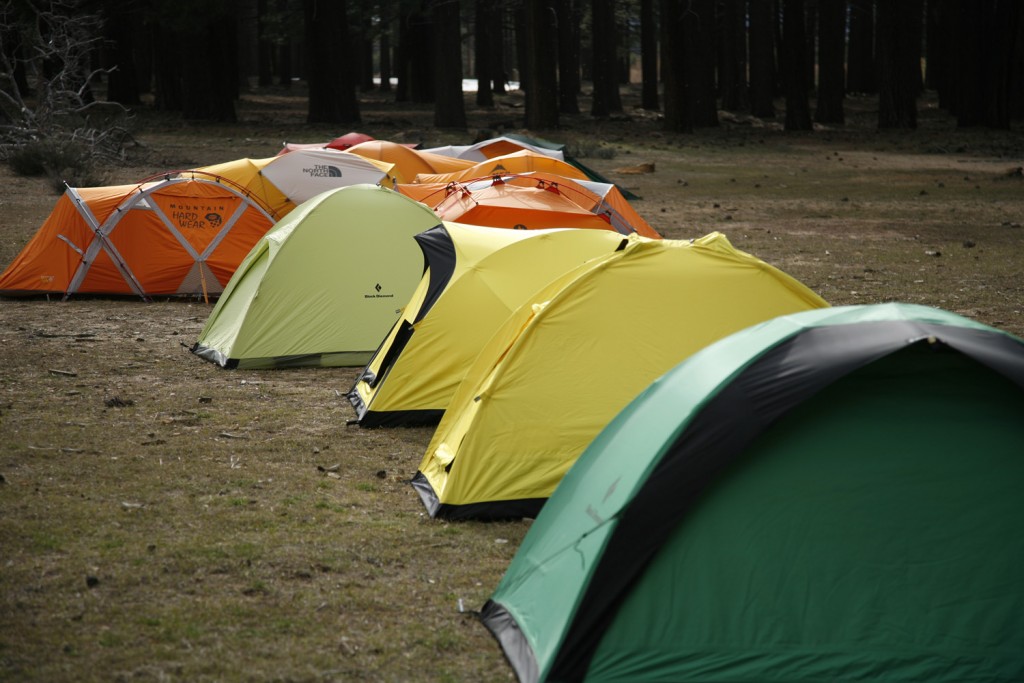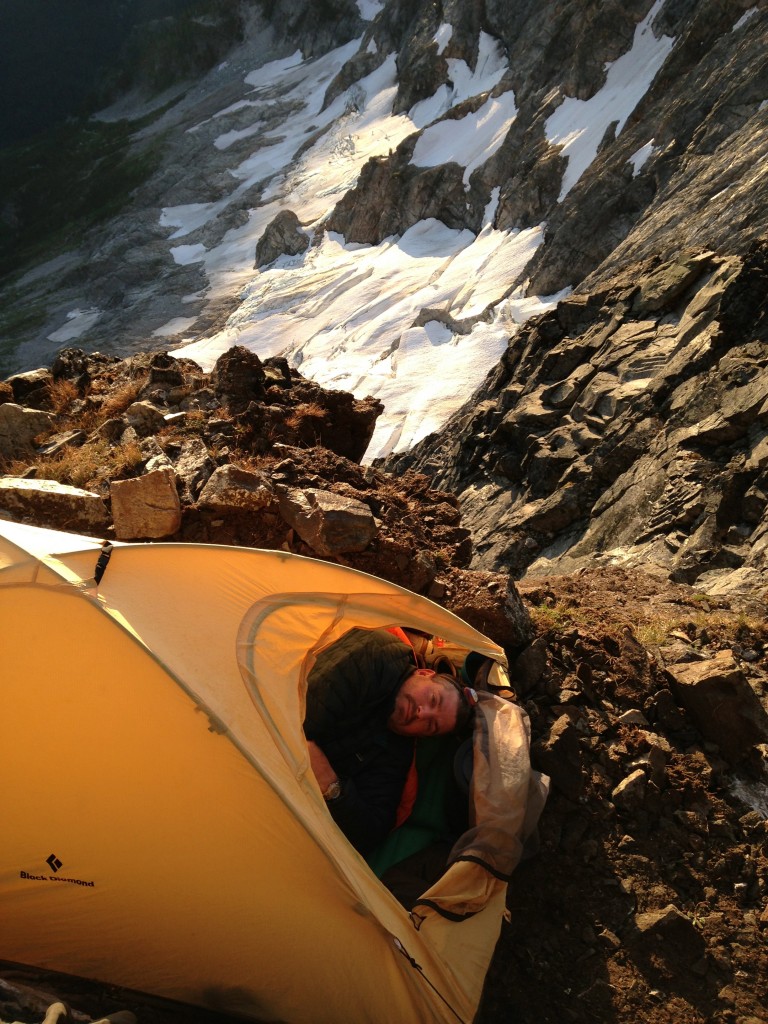Part 1: Introduction
1.1 Understanding Double Wall Tents
Double wall tents are a popular choice among outdoor enthusiasts due to their versatility and reliable performance in various weather conditions. Composed of two distinct layers, an outer tent (rainfly) and an inner tent (canopy), these tents offer enhanced protection, ventilation, and comfort, making them an ideal option for camping, backpacking, and other outdoor adventures.
1.2 Advantages of Double Wall Tents
Double wall tents provide several advantages compared to their single wall counterparts. They offer better insulation, increased protection from the elements, improved ventilation, and reduced condensation inside the tent. Additionally, the separate inner and outer layers offer versatility, allowing for adaptability toa popular choice among outdoor enthusiasts.
Part 2: Components of Double Wall Tents
2.1 Outer Tent (Rainfly)
The outer tent, also known as the rainfly, is the primary layer responsible for keeping rain, wind, and snow out. It acts as a waterproof barrier and provides additional protection to the inner tent.
2.1.1 Material and Waterproofing The rainfly is typically made of durable ripstop nylon or polyester material treated with a waterproof coating, such as polyurethane (PU) or silicone. These materials ensure effective water resistance and withstand prolonged exposure to the elements.
2.1.2 Ventilation and Condensation Control Modern double wall tents often feature adjustable vents and mesh panels on the rainfly to promote airflow and reduce condensation buildup. Proper ventilation is crucial for maintaining a comfortable and dry interior during humid or rainy conditions.
2.2 Inner Tent (Canopy)
The inner tent, also known as the canopy, provides the primary living space, sleeping area, and protection from bugs and insects.
2.2.1 Breathability and Ventilation Inner tents are typically made of lightweight and breathable materials like nylon or polyester. They feature mesh panels for enhanced airflow and ventilation, allowing for comfortable and condensation-free sleeping quarters.
2.2.2 Privacy and Protection The inner tent provides a private and protected space, shielding occupants from insects and providing a barrier against wind, dust, and spindrift. It often features storage pockets or gear lofts to keep personal items organized and within reach.
Part 3: Choosing the Right Double Wall Tent for Your Needs
3.1 Tent Size and Capacity
Choosing the right tent size and capacity is essential to ensure comfort and usability during outdoor adventures.
3.1.1 Solo Tents Solo double wall tents are designed for one person and provide a lightweight and compact option for solo backpacking or camping trips.
3.1.2 Group/Family Tents Group or family double wall tents are larger and designed to accommodate multiple occupants. They offer more spacious interiors and are suitable for camping trips with friends or family.
3.2 Seasonality and Weather Resistance
Consider the season and weather conditions you’ll be camping in to select a double wall tent that provides adequate protection.
3.2.1 Three-Season Tents Three-season double wall tents are designed for spring, summer, and fall camping. They offer excellent ventilation, weather resistance, and protection against mild to moderate rain and wind.
3.2.2 Four-Season Tents Four-season double wall tents are designed to withstand harsh winter conditions, including heavy snowfall and high winds. They have sturdier construction, stronger poles, and thicker materials for enhanced insulation and protection.
Part 4: Setting Up and Maintenance of Double Wall Tents
4.1 Setting Up a Double Wall Tent
Setting up a double wall tent involves assembling the poles, attaching the rainfly, and securing the inner tent canopy.
4.1.1 Tent Poles and Assembly Familiarize yourself with the tent pole system and practice setting it up before your camping trip. Ensure that all poles are properly connected and secure for a stable tent structure.
4.1.2 Securing the Rainfly and Inner Canopy Attach the rainfly over the tent body and secure it tightly. Keep the rainfly taut to allow for proper airflow and prevent water pooling. Set up the inner tent canopy inside the rainfly, ensuring it is securely attached and provides ample space for occupants.
4.2 Tent Maintenance and Care
Maintaining and caring for your double wall tent will prolong its lifespan and ensure optimal performance.
4.2.1 Cleaning and Drying Regularly clean the tent after each use, removing dirt, debris, and any stains. Follow the manufacturer’s instructions for cleaning and never machine wash or dry the tent. Allow the tent to dry completely before storing to prevent mildew or mold growth.
4.2.2 Storing and Repairs Store the tent in a dry, cool, and well-ventilated area to prevent damage from moisture or UV exposure. Inspect the tent for any damages or wear and tear, such as torn seams or broken zippers, and promptly repair them to maintain the tent’s integrity.
Part 5: Tips and Considerations for Using Double Wall Tents
5.1 Campsite Selection and Pitching
Choosing the right campsite and properly pitching your double wall tent contribute to a comfortable and enjoyable camping experience.
5.1.1 Choosing a Level and Protected Site Look for a campsite that is flat, free of rocks and debris, and provides natural protection from wind and water runoff. Avoid setting up your tent under trees with dead or loose branches that may pose a safety hazard.
5.1.2 Orienting the Tent for Maximum Comfort Consider the direction of prevailing winds and position your tent accordingly. Additionally, orient the tent entrance away from potential rainwater runoff to prevent water from entering the tent.
5.2 Maximizing Comfort and Safety
Ensure a comfortable and safe camping experience by properly organizing your sleep system and following safety measures.
5.2.1 Proper Sleeping Gear and Setup Invest in high-quality sleeping pads and sleeping bags or quilts appropriate for the weather conditions. Follow the manufacturer’s instructions for proper setup to maximize insulation and comfort while minimizing cold spots.
5.2.2 Campsite Organization and Safety Measures Keep your campsite organized and free of trip hazards. Store food securely to prevent attracting wildlife. Follow all safety guidelines and respective regulations at your campsite to ensure the safety of yourself, others, and nature.
Conclusion
Double wall tents provide a reliable and versatile shelter option for outdoor enthusiasts. By understanding their components, choosing the right tent for your needs, learning how to set up and maintain them properly, and following essential tips for usage, you can enjoy the benefits of a comfortable and protected camping experience. This comprehensive guide has explored the world of double wall tents, covering their advantages, components, choosing the right tent, set-up, maintenance, and usage tips. By following this guide, outdoor enthusiasts can make informed decisions and maximize the benefits of their double wall tent for their camping adventures.



